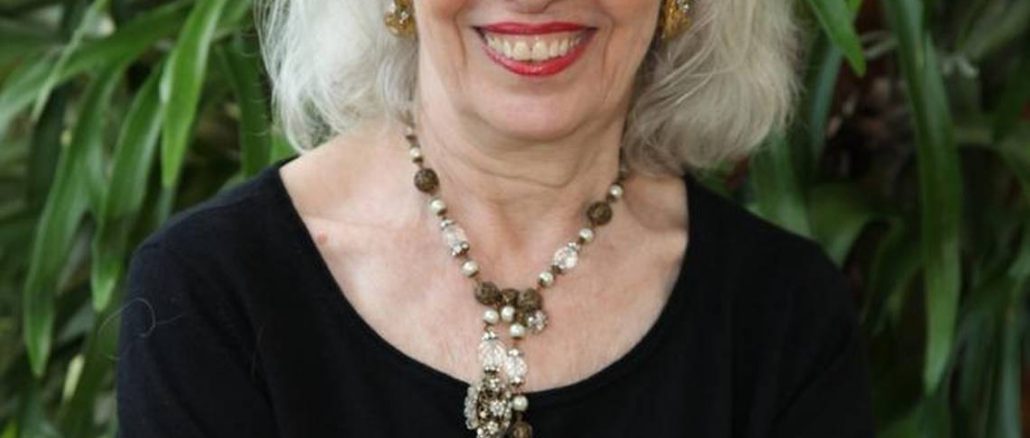
Choreographer and arts visionary Mary Luft launched an arts organization in Miami that endured for almost four decades. Now, she’s stepping off the stage — and Tigertail Productions is disbanding.
After hosting presentations and performances by more than 670 artists and serving as an incubator for Miami arts leaders, Tigertail Productions has announced that Luft is retiring from its Board of Directors. The board will disband on Dec. 31, and no further performances will be planned.
Founded in 1979 under the name Mary Luft and Company, Inc., then renamed after the street Luft used to live on in Coconut Grove, the organization was intended to showcase Luft’s dance troupe. But by 1984, the programming had expanded to include world music concerts, international dancers and visual and performing artists that defied classification. Luft’s house on Tigertail Avenue, with its cozy studio in the back, was a frequent venue for performances.
Over the years, Tigertail has offered a wide variety of programming. What put the organization on the art world’s radar was hosting the 1988 New Music America, an annual music festival that brought more than 100 local, regional, national and world musicians to Miami for a 10-day series of events. Tigertail also published an annual poetry collection edited by such writers as President Barack Obama’s Inaugural poet Richard Blanco and MacArthur Foundation “genius” grant recipient Campbell McGrath. The group also established a dance festival that featured physically integrated companies and produced spoken word events for local youth, sending groups to compete in Brave New Voices, the Olympics of teen spokenword.
“Tigertail is literally a groundbreaking group,” says Robert Rosenberg, who worked as Associate Director of the organization from 2004-2008 and now works as a freelance Arts Consultant and Programmer. “Most of today’s arts groups didn’t exist before Tigertail. She is the granddaddy of them all. Or I should say grandmama.”
The programming was bold, cutting edge, experimental and — most importantly — educational. The organization made cultural exchanges part of its mission, coordinating countless exchange residencies for local artists to study abroad. Luft spent 1989 on a Fulbright Fellowship studying Brazilian music, which opened the doors to 20 years of collaborations with musicians and artists in Brazil, including an annual music festival that started in 1995 and ran for six years.
When Luft announced that she was going to retire, the other 10 members of the board deliberated but ultimately recognized that without Luft, carrying on would be too difficult. Luft and Tigertail were almost synonymous. “The board would have to raise funds to hire three people to replace her,” says John Kramel, Luft’s partner of more than three decades and Director of Operations of Tigertail. “Mary worked 60 to 80 hours a week.”
Luft came to Miami from Sioux City, Iowa with her then-husband in 1972. Trained as a classical ballerina in Chicago, she became immersed in Miami’s arts community in the late 1970s as part of Miami’s pioneering Fusion Dance Company, a local dance troupe that would go on to produce such prominent alums as James Battle, the current Artistic Director for Alvin Ailey American Dance Theater.
Tigertail’s influence has rippled throughout Miami’s arts community. Miami Light Project co-founder Janine Gross worked on New Music America for Tigertail, as did former Miami Herald critic Jordan Levin. Georgiana Pickett’s involvement with Tigertail helped lead to her current position as Executive Director of New York City’s Baryshnikov Arts Center. O Cinema co-founder Vivian Marthell worked for Tigertail, as have many other local arts activists. Such leaders, Kramel hopes, will fill the space left by Tigertail’s absence. The board is negotiating a way to keep its ScreenDance Miami festival and its teen spoken word programs alive with the help of different arts organizations.
Luft’s plans now include retiring to upstate New York, where she has family. South Florida may be seeing less of her, but her influence on Miami’s arts community lives on.

Be the first to comment